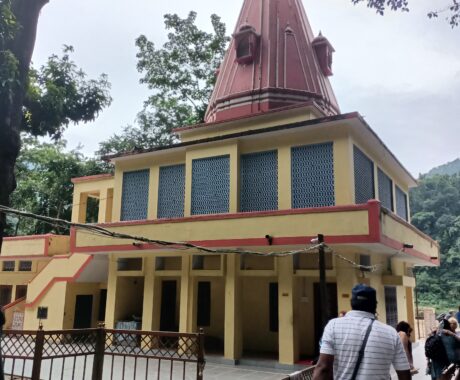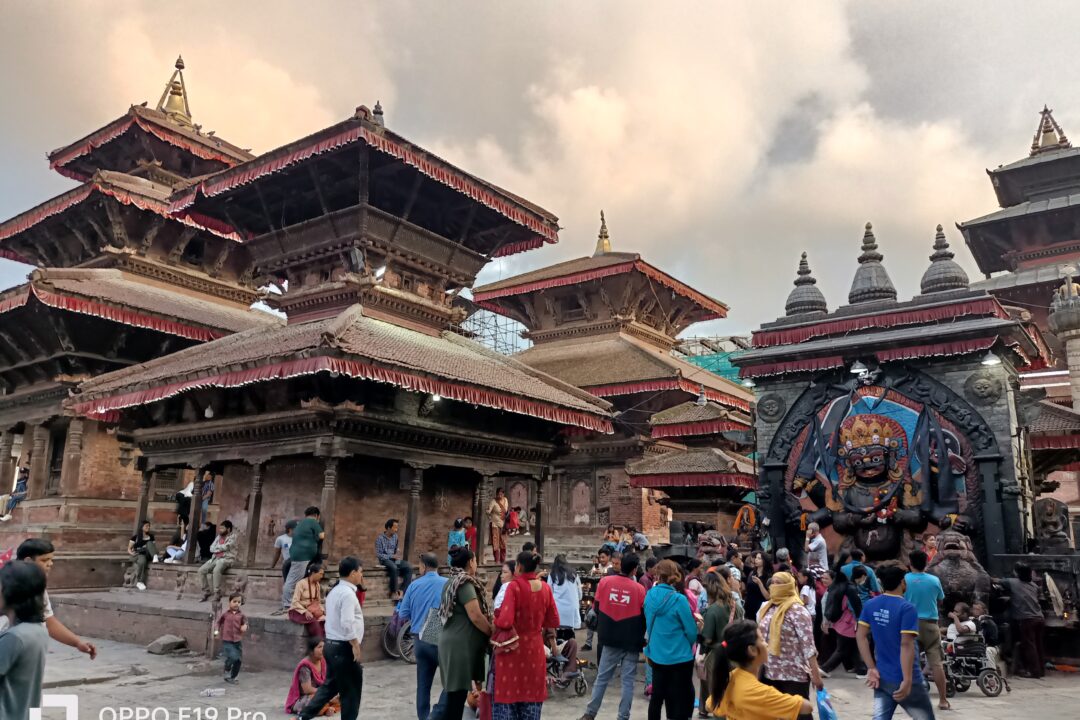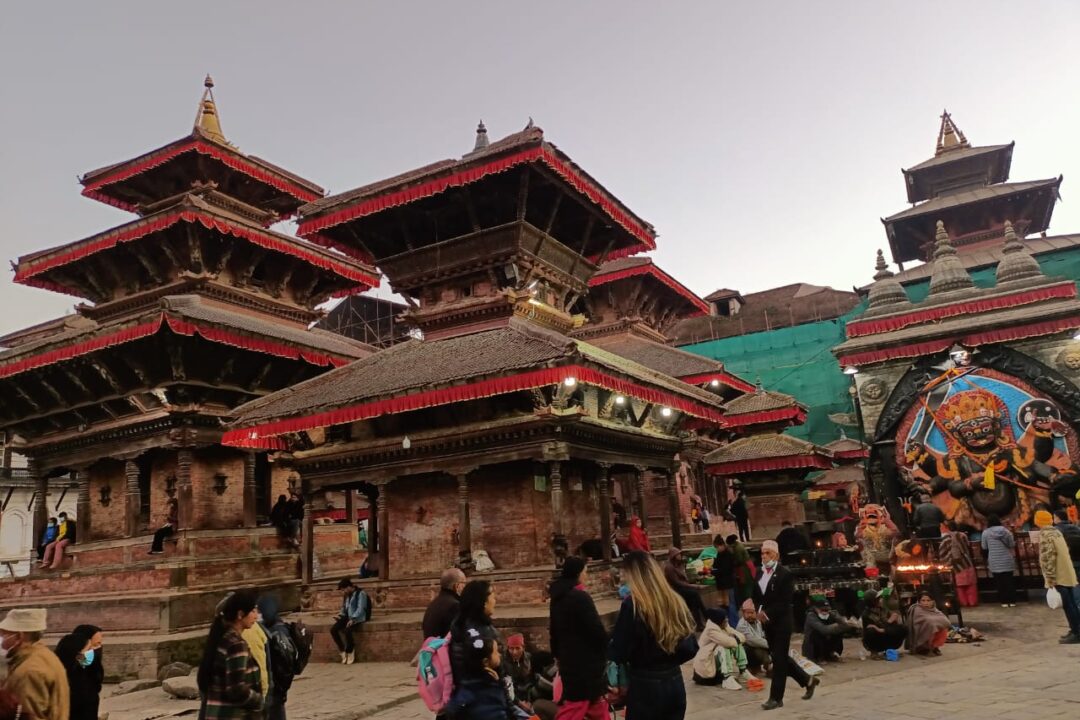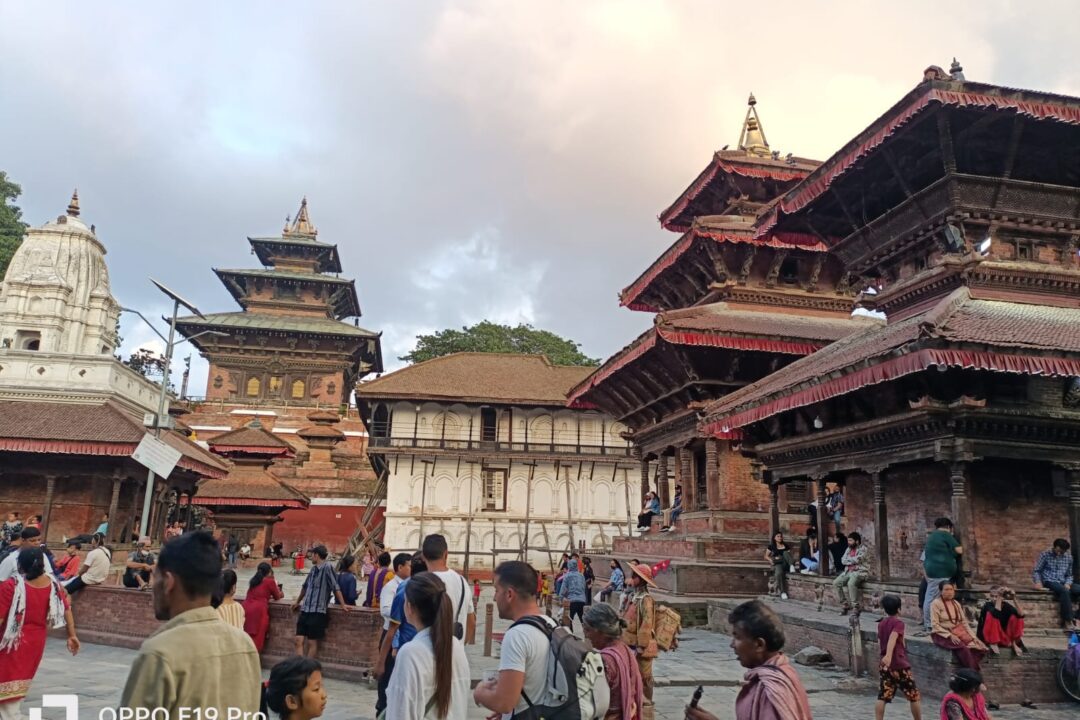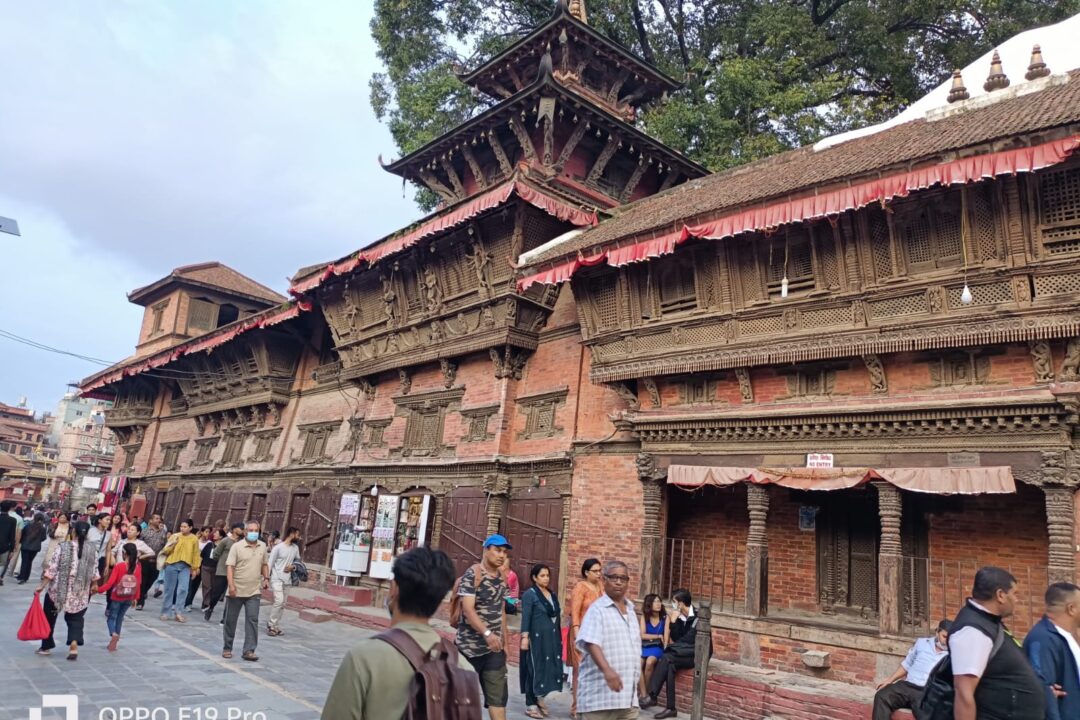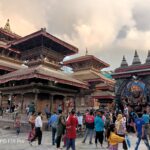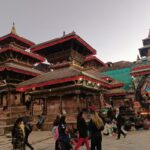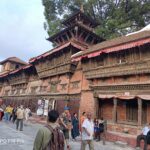Kathmandu Tour
Introduction
(Kathmandu Tour) Kathmandu, a city brimming with history and culture, is home to the Newar people, who have shaped the course of the Kathmandu Valley’s past. The valley’s documented history dates back to the Kiratis around the 7th century BC, but Kathmandu’s own beginnings trace back to the 12th century AD, during the reign of the Malla dynasty.
The ancient trade route to Tibet spurred the development of the original settlements, which grew around early pilgrim rest houses such as Kathmandu, eventually lending its name to the city. Once known as Kantipur, the city thrived during the Malla era, giving rise to a plethora of stunning temples, buildings, and monuments.
Kathmandu initially stood as an independent city within the valley until King Ananda Malla of Bhaktapur unified the valley in the 14th century. The 15th century saw the division of the valley into three separate kingdoms: Kathmandu, Patan, and Bhaktapur. These rivalries led to wars and ultimately weakened each state, leaving them vulnerable to the 1768 invasion by King Prithvi Narayan Shah of Gorkha. The Shah dynasty that followed unified Nepal and established Kathmandu as the capital, a position it has held ever since.
Kathmandu Tour Attractions
Swayambhunath, a sacred Buddhist and Hindu temple, rests atop a hill west of Kathmandu and is one of Nepal’s most iconic symbols. Known as the Monkey Temple, the site is guarded by a large troop of monkeys that entertain visitors with their playful antics. Legend states that Swayambhunath hill emerged from the waters of a primordial lake that once filled the Kathmandu valley. Inscriptions and historical evidence suggest that the temple site has been an important Buddhist center since AD 460 and was visited by Emperor Ashoka over 2000 years ago. Swayambhunath offers breathtaking views over Kathmandu, especially during the evening when the city is illuminated.
Bhaktapur, a UNESCO World Heritage site, is renowned for its architectural wonders. Separated from Kathmandu by the Bagmati River, it’s the second-largest town in the valley. Bhaktapur’s Durbar Square and surrounding areas are adorned with more than 600 stupas and 185 bahals (monastery courtyards), making it a treasure trove for visitors.
Patan, another UNESCO World Heritage site, lies across the Bagmati River from Kathmandu. Known historically as Lalitpur (City of Beauty), Patan is famous for its wealth of architectural marvels. Patan Durbar Square is filled with temples and boasts a higher concentration of architecture per square meter than Kathmandu or Bhaktapur. The city also houses the Patan Museum, which showcases the finest collection of traditional Nepalese art. A visit to Patan offers a memorable day trip from Kathmandu, providing a unique glimpse into the region’s rich cultural heritage.
Alternative Tours to Kathmandu Exploration
If you’re planning a Kathmandu Tour but want to explore different perspectives of Nepal’s cultural and historical wonders, there are several fantastic alternatives. Whether you’re looking for a scenic escape, spiritual experience, or an in-depth heritage tour, these options offer rich experiences beyond the capital.
- Bhaktapur City Tour – 1 Days: Step back in time as you wander through ancient squares, temples, and traditional Newari architecture in this beautifully preserved heritage city.
- Nagarkot View Point Tour – 2 Days: Wake up to golden Himalayan sunrises and serene hilltop vibes — a quick getaway that’s all about nature and quiet moments.
- Dhulikhel & Namabuddha Tour – 2 Days: Discover peaceful monasteries and charming villages on this culturally rich tour — perfect for reflection, relaxation, and scenic beauty.
Detailed Itinerary
-
Day 1: Arrival in Kathmandu and Transfer to hotel
Altitude: 1300mMeals: Breakfast/lunch/DinnerAccommodation: 5 star hotel in kathmandu -
Day 2: Kathmandu day sightseeing
Altitude: 1300mMeals: Breakfast/lunch/DinnerAccommodation: 5 star hotel in kathmandu -
Day 3: Kathmandu Sightseeing
Altitude: 1300mMeals: Breakfast/lunch/DinnerAccommodation: 5 star hotel in kathmandu -
Day 4: Drive to Nagarkot
Altitude: 2175mMeals: Breakfast/lunch/DinnerAccommodation: 5 star hotel in Nagarkot -
Day 5: Drive to Thankot and cable car to Chandraghari Hill.
Altitude: 3000mMeals: Breakfast/lunch/DinnerAccommodation: 4 star hotel in Chandraghari hill -
Day 6: Departure from Kathmandu Airport
Altitude: 1300mMeals: Breakfast
What's included
- All accommodation on twin sharing with breakfast (a single supplement can be provided on request at an additional cost).
- All mentioned sightseeing tours and transfers by private A/C vehicle.
- Sightseeing fee
- Food, accommodation, salary, insurance, equipment, and medicine for our staff during the tour.
- All government and local taxes, applicable hotel taxes.
- Farewell dinner in a fine, authentic Nepali restaurant.
What's not included
- International airfares.
- Lunch and Dinner unless mentioned
- Travel & Medical Insurance
- Tips and gratitude to staff (expected)
- Bar bills and personal nature of expenses
- Nepal visa fee/USD 25 payable at the immigration desk.
- Any type of entry fee (museum, temple, national park, etc.) is not part of the package.
- Overhead extra costs beyond our control like flight delays, natural calamities, or any kind of incidents and accidents.
Trip You May Like

Kathmandu & Everest Base Camp Helicopter Tour

Everest Base Camp Helicopter Tour – 1 Day

Upper Dolpo & Phoksundo Lake Helicopter Tour
